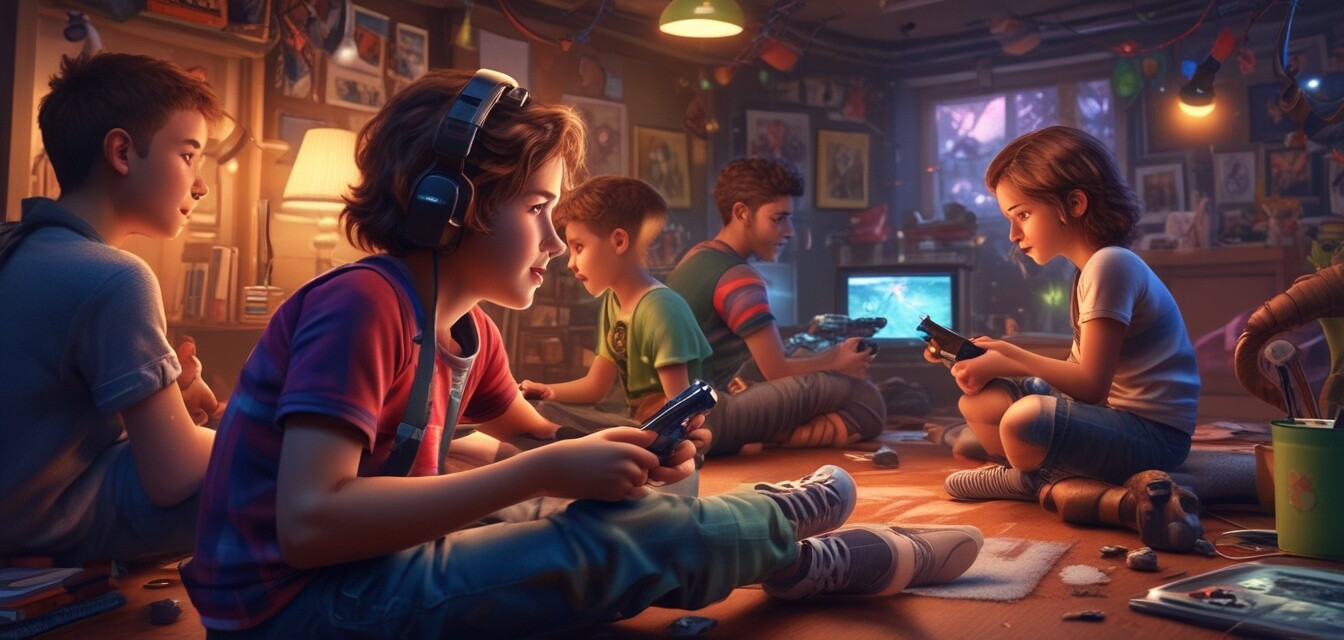
The Impact of COVID-19 on Children's Gaming Habits
Key Takeaways
- COVID-19 significantly influenced children's gaming habits.
- There was a marked increase in online multiplayer gaming.
- Preferences shifted towards games that encourage social interaction and creativity.
- Educational electronics gained popularity during lockdowns.
- This trend is expected to continue well into 2025.
The COVID-19 pandemic has reshaped numerous aspects of daily life, and children's gaming habits are no exception. As parents transitioned to remote work and schools went online, children found themselves spending more time in gaming worlds. This article analyzes how these behaviors have changed and what trends we can expect to see through 2025.
Increased Screen Time and Gaming Opportunities
With schools closed and social interactions limited, children's screen time skyrocketed. Research shows that children aged 6-12 years increased their gaming hours significantly during the pandemic. This surge has been attributed to various factors:
- Increased availability of gaming consoles and computers at home
- Greater accessibility to free online games
- The need for entertainment during extended lockdowns
The Rise of Online Multiplayer Gaming
One significant trend that emerged was the rise of online multiplayer gaming. Games that facilitated social interaction became increasingly popular. Here's a closer look:
| Game Type | Description | Examples |
|---|---|---|
| Cooperative Games | Games focusing on teamwork to achieve goals. | Fortnite, Minecraft |
| Competitive Sports Games | Fast-paced games that offer competitions. | Rocket League, FIFA |
| Virtual Worlds | Interactive worlds where players can socialize and play. | Roblox, Animal Crossing |
The rise of these online experiences enabled children to connect with friends and family while physically apart, filling a vital social need during isolating times. This shift has forever changed the landscape of children's gaming preferences, leaning more towards social engagement.
Educational Gaming: A New Priority
Interestingly, the pandemic also saw an uptick in interest in educational games. Parents recognized the value of games that combine learning with entertainment. Important trends include:
- Games that teach coding and problem-solving skills
- Games designed to supplement school curriculum
- Interactive learning platforms gaining popularity
Visit our section on kids' educational electronics for products that can enhance learning through fun!
Future Trends: What to Expect By 2025
As we look towards the future, several trends appear to be on the horizon:
- The continued integration of gaming and education.
- The development of more interactive and immersive gaming experiences.
- Greater emphasis on online safety and moderation in gaming communities.
- The rise of virtual and augmented reality games tailored for children.
To further explore upcoming gaming systems and educational tools, check our buying guides section, where we share valuable information for a satisfying gaming experience.
Conclusion
The COVID-19 pandemic has had a profound impact on children's gaming habits, leading to changes that are likely to persist well into the coming years. Parents have the opportunity to shape their children’s gaming experiences positively. By promoting games that encourage creativity, learning, and social interaction, families can harness the power of gaming during tough times.
Pros
- Increased connectivity with friends through gaming.
- Access to educational and engaging content.
- Opportunity to develop teamwork and problem-solving skills.
Cons
- Higher screen time leading to potential health concerns.
- Exposure to online bullying and negative interactions.
- Difficulty in maintaining a balanced lifestyle.
Final Thoughts
Understanding the impacts of COVID-19 on gaming behaviors is essential in today’s evolving digital landscape. The integration of gaming into both social and educational frameworks offers insights into the future of children's play. By staying informed about these trends, parents can help navigate their children's gaming experiences effectively.